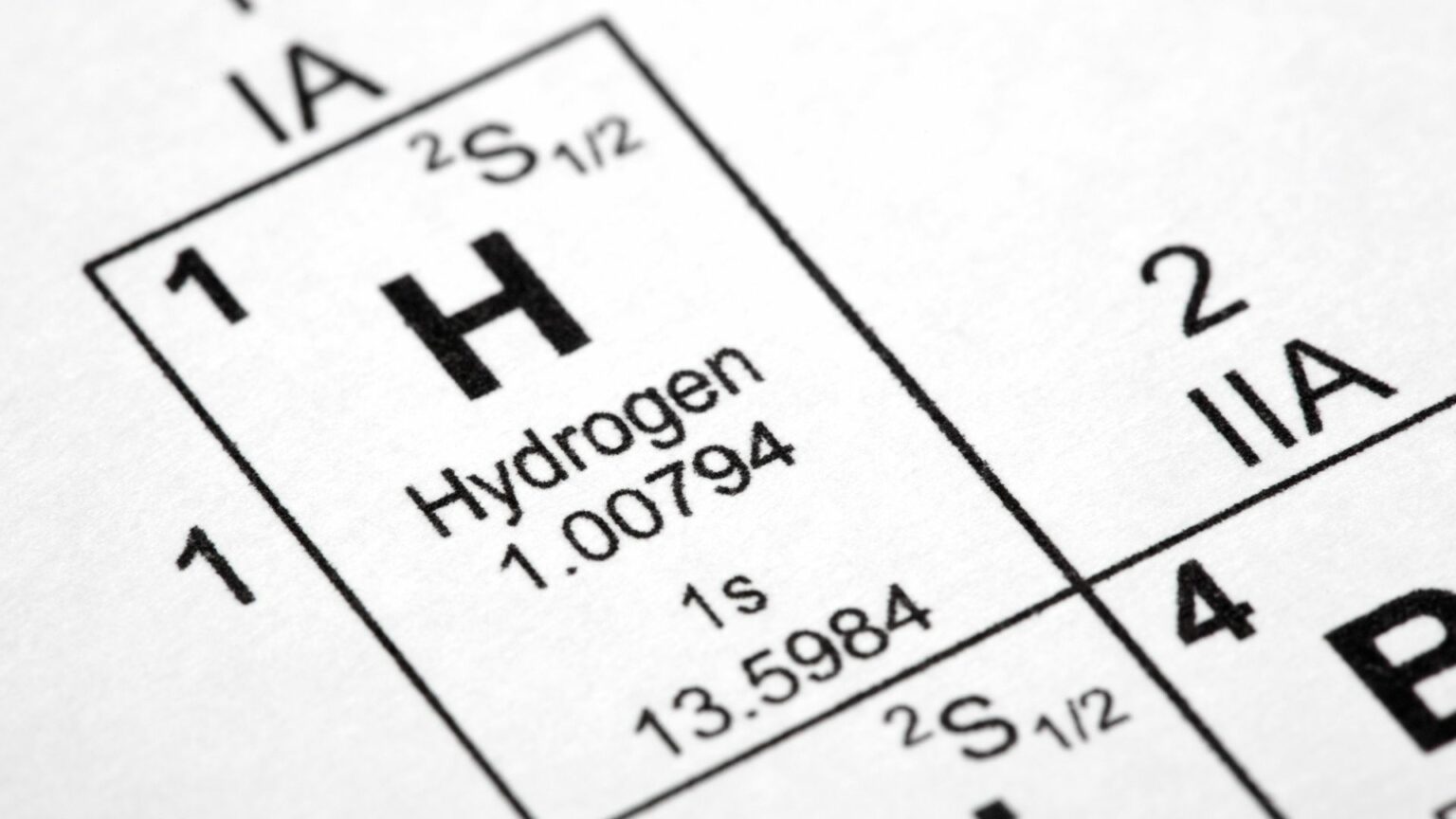Researchers from Pohang University of Science and Technology (POSTECH) have unveiled a promising pathway for advancing green hydrogen production, a critical component of the clean energy revolution.
Water electrolysis is a method that extracts hydrogen from water, offering the distinct advantage of zero carbon dioxide emissions. However, this process has long been hindered by its reliance on expensive precious metal catalysts, such as iridium. These catalysts, while effective, pose economic barriers to widespread adoption. POSTECH’s research delves into alloy-based catalysts as a practical solution to this challenge.
Traditionally, water electrolysis catalysis has focused on iridium, ruthenium, and osmium. Iridium is known for its stability but criticized for its lower activity and high cost. Ruthenium, while more active and less expensive, falls short in terms of stability. Osmium stands out for its ability to form nanostructures that increase the electrochemical active surface area, boosting activity. However, it dissolves under certain conditions, presenting its own set of problems.
POSTECH researchers initiated a series of experiments that combined iridium and ruthenium, aiming to harness the strengths of both elements. The resulting catalysts showed an improved balance of activity and stability. Further exploration into the integration of osmium led to increased activity due to the nanostructures but at the cost of accelerated corrosion for the other two metals.
Addressing these challenges, the researchers propose the concept of an “activity-stability factor” – a holistic metric that gauges both activity and stability, offering a more comprehensive evaluation of catalysts’ long-term performance.
Additionally, the team emphasizes the need to preserve the beneficial properties of catalysts after nanostructure formation to maximize the electrochemical active surface area. They highlight the crucial role of material selection, advocating for the choice of metals that complement each other when alloyed, thus creating a more effective catalyst.
Professor Yong-Tae Kim, leading the research, underlines its potential impact, stating, “This research marks the beginning of our journey, not the conclusion.” He expresses a commitment to leveraging the insights from this study to further develop efficient water electrolysis catalysts.
The significance of this research lies in its foundational perspective—it offers guiding principles for future catalyst design rather than specific end-products. As the world seeks sustainable and economically viable hydrogen production methods, POSTECH’s work illuminates the path forward, providing valuable insights for future breakthroughs in the field.
This pioneering effort was supported by the Future Materials Discovery Program of the National Research Foundation of Korea, aligning the project with global energy and sustainability priorities. As the world increasingly embraces green solutions, the findings of this study could play a pivotal role in shaping the future of energy and sustainable hydrogen production.
